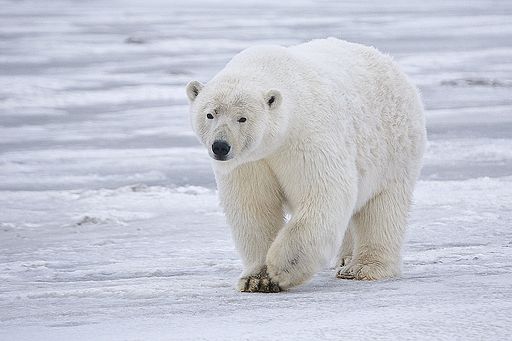AN ONLINE PLATFORM THAT PROVIDES EDUCATIONAL CONTENT,SYLLABUSES, STUDY NOTES/ MATERIALS ,PAST PAPERS, QUESTIONS & ANSWERS FOR THE STUDENTS,FORM I--VI ,RESITTERS,QT, ADULT LEARNERS, COLLEGE STUDENTS, PUPILS, TEACHERS, PARENTS,TEACHERS OF THE UNITED REPUBLIC OF TANZANIA AND WORLDWIDE.YOU ARE WELCOME TO SHARE YOUR KNOWLEDGE AND IDEAS.ENJOY MASATU BLOG.YOU CAN MAKE A DIFFERENCE.YOU CAN ACHIEVE EXCELLENCE. "LEARN.REVISE.DISCUSS".Anytime, Anywhere.
AN ONLINE PLATFORM THAT PROVIDES EDUCATIONAL CONTENT,SYLLABUSES, STUDY NOTES/ MATERIALS ,PAST PAPERS, QUESTIONS & ANSWERS FOR THE STUDENTS,FORM I--VI ,RESITTERS,QT, ADULT LEARNERS, COLLEGE STUDENTS, PUPILS, TEACHERS, PARENTS,TEACHERS OF THE UNITED REPUBLIC OF TANZANIA AND WORLDWIDE.YOU ARE WELCOME TO SHARE YOUR KNOWLEDGE AND IDEAS.ENJOY MASATU BLOG.YOU CAN MAKE A DIFFERENCE.YOU CAN ACHIEVE EXCELLENCE. "LEARN.REVISE.DISCUSS".Anytime, Anywhere.

No comments:
Post a Comment